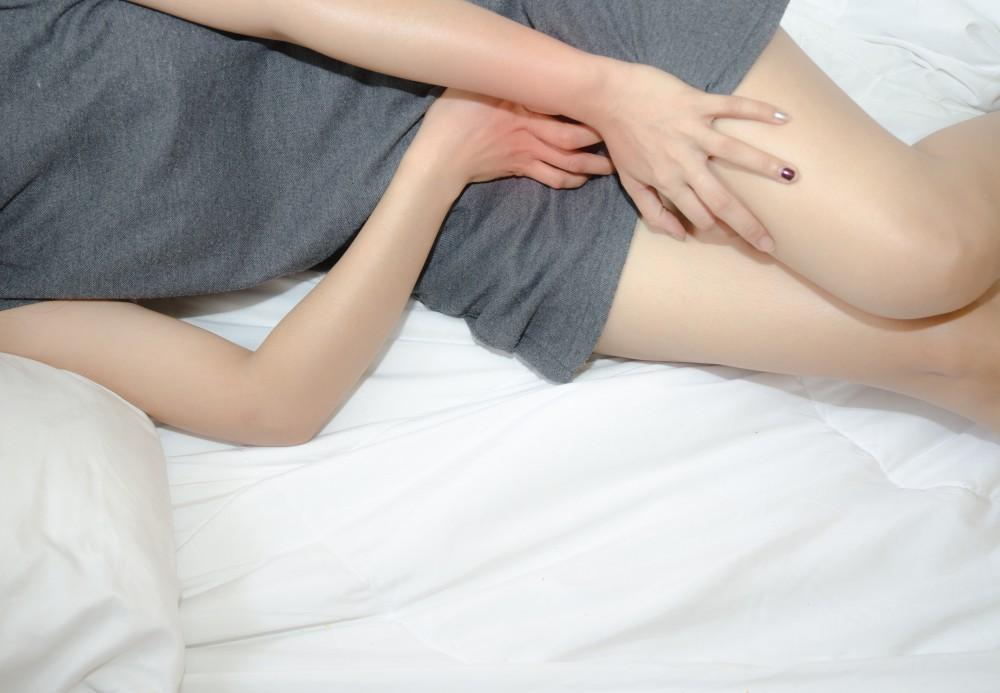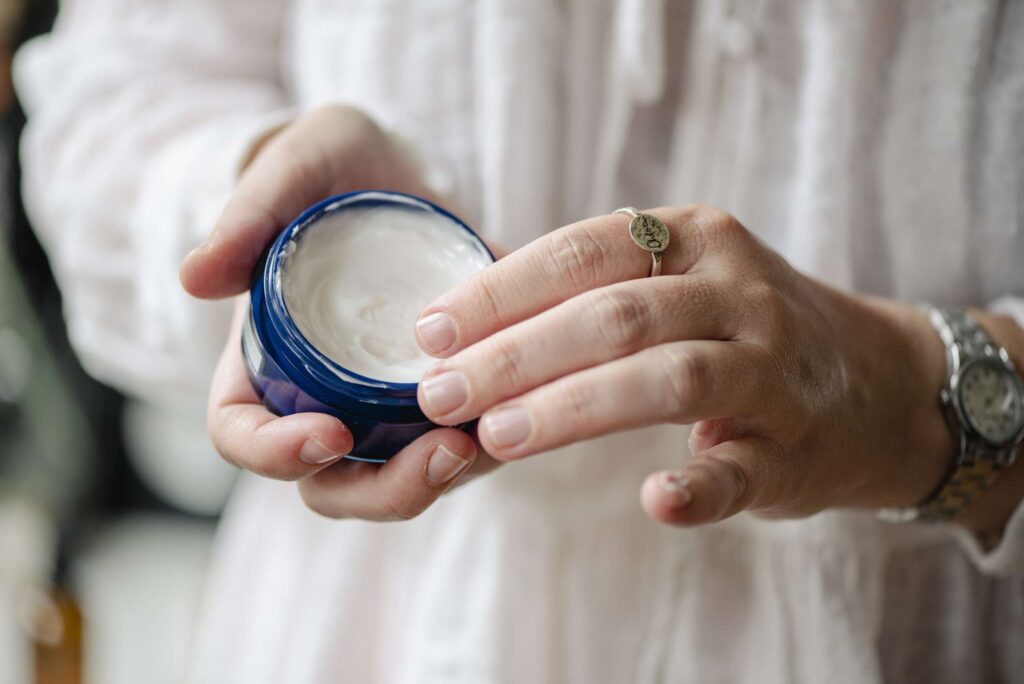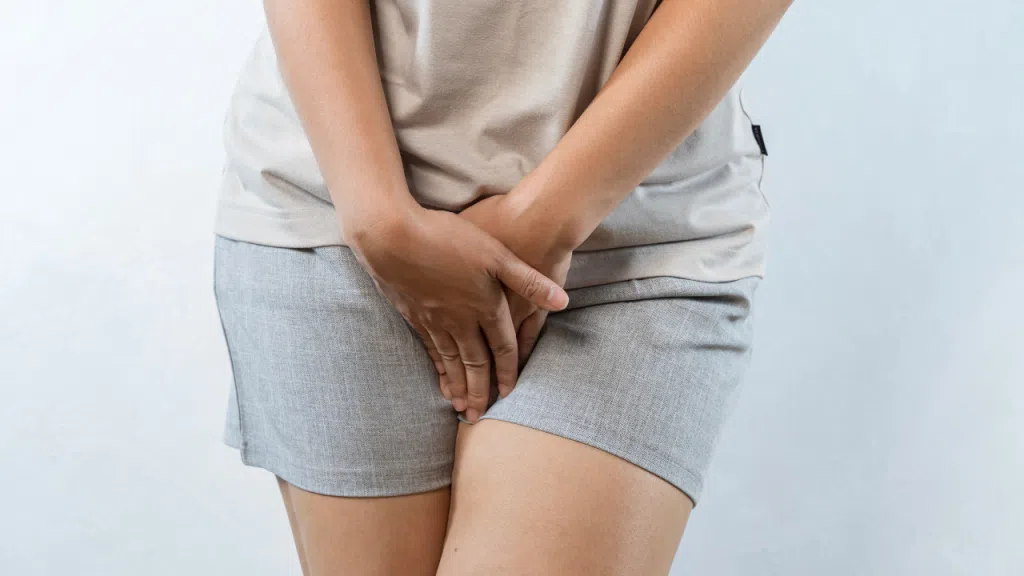Living with lichen sclerosus can be physically uncomfortable, emotionally draining, and sometimes isolating. This chronic skin condition, which often affects the genital and anal areas, can cause itching, pain, and changes in skin appearance—making everyday activities like sitting, exercising, or even wearing certain clothes a challenge. While there’s no known cure, lifestyle adjustments can play a powerful role in easing symptoms, reducing flare-ups, and improving overall quality of life.
In this blog, we’ll explore practical, evidence-based changes you can make in your daily routine—from gentle hygiene practices to stress management techniques—that can help you regain comfort, confidence, and control.
Understanding Lichen Sclerosus
Lichen sclerosus is a chronic inflammatory skin condition that most commonly affects the genital and anal areas, though it can appear on other parts of the body. It’s more common in women, especially after menopause, but it can also affect men and children.
Recommended: How to Find a Specialist for a Rare Genital Pain Disorder

The exact cause of lichen sclerosus is still unknown, but research suggests it may be related to an overactive immune response, hormonal imbalances, or genetic factors. It is not contagious and not sexually transmitted, though its symptoms can sometimes be mistaken for infections or other skin conditions.
Common symptoms include:
- Intense itching or burning
- White, patchy skin that appears thinner than normal
- Pain or discomfort, especially during urination, sitting, or sexual activity
- Tearing, bruising, or bleeding in the affected areas
While the symptoms can be distressing, early diagnosis and treatment are key to managing the condition and preventing complications, such as scarring or narrowing of the genital openings.
Lichen sclerosus can be a long-term condition, but with the right combination of medical treatment and daily lifestyle adjustments, many people are able to live comfortably and maintain a good quality of life.
Tracking Symptoms and Flare-ups
When it comes to managing lichen sclerosus, awareness is power. Because flare-ups can be triggered by a variety of factors—like stress, diet, clothing, or even weather changes—keeping track of your symptoms is one of the most effective ways to understand your personal patterns and regain a sense of control over your condition.
Why Tracking Matters
By recording your symptoms daily or weekly, you can:
- Identify triggers that worsen your condition
- Measure the effectiveness of new treatments or lifestyle changes
- Communicate clearly with your healthcare provider
- Spot early signs of a flare-up before it worsens
What to Track
Here are a few things you may want to monitor regularly:
- Itching, pain, or burning levels (on a scale of 1–10)
- Skin changes (color, texture, tearing)
- Hygiene products or skincare used that day
- Foods consumed
- Stress levels or emotional state
- Clothing worn (especially underwear or workout gear)
- Menstrual cycle or hormonal changes (if applicable)
- Any medications or treatments applied
Recommended: Can Vaginismus Develop Suddenly?
Tools You Can Use
- A symptom journal or printable tracker
- Mobile health apps like Flaredown, Bearable, or Cara Care
- A simple notes app on your phone
- Calendar reminders to check in with yourself weekly
Lifestyle Adjustments for Managing Lichen Sclerosus Symptoms
While medical treatments like topical steroids and ointments are the foundation of lichen sclerosus care, your daily lifestyle choices can significantly influence how often you experience flare-ups—and how severe they are. Making simple but consistent adjustments to your habits can help reduce irritation, protect sensitive skin, and improve your overall comfort.
1. Choose Skin-Friendly Clothing
What you wear every day can have a big impact on how your skin feels, especially if you’re dealing with lichen sclerosus. Tight, synthetic, or rough fabrics can rub against sensitive areas, making itching, burning, or discomfort worse. Choosing the right clothing helps reduce friction, minimize irritation, and keep the affected skin cool and dry.

Tips for Skin-Friendly Dressing:
- Opt for loose-fitting clothes: Give your skin room to breathe by wearing flowy skirts, dresses, or soft pants instead of tight jeans or leggings.
- Choose natural, breathable fabrics: Materials like 100% cotton, bamboo, or modal allow airflow and reduce sweat buildup. These are much gentler on irritated skin compared to synthetic blends like nylon or polyester.
- Wear seamless or tagless underwear: Look for underwear designed for sensitive skin, preferably seam-free and dye-free. Avoid lace or elastic bands that dig into the skin.
- Go commando at home: When possible, especially at night, skip underwear altogether to allow the area to stay dry and aired out.
- Avoid pantyhose and tight shapewear: These can trap heat and moisture, leading to chafing and increased discomfort.
Recommended: Maintaining Intimacy When Intercourse Is Painful
2. Practice Gentle Hygiene
When living with lichen sclerosus, less is more when it comes to hygiene. Harsh products, vigorous scrubbing, or overly frequent washing can strip the skin’s natural barrier and trigger irritation or flare-ups. Instead, a gentle, minimalist approach helps soothe the skin, maintain moisture, and prevent further damage.
Do’s and Don’ts for Gentle Care:
- Use lukewarm water – Hot water can dry out or irritate sensitive skin. Stick to lukewarm water when washing the affected area.
- Cleanse with care – Use a fragrance-free, pH-balanced cleanser or just water. Some people prefer to avoid soap altogether.
- Rinse thoroughly – Gently rinse away any residue and pat the skin dry with a soft towel. Never rub.
- Limit washing to once or twice daily – Overwashing can worsen symptoms. A simple rinse once in the morning and once at night is often enough.
- Air-dry when possible – Give the area time to breathe after washing. Sleeping without underwear or using a fan to gently dry the area can help.
- Avoid scented soaps, wipes, or bubble baths – These often contain chemicals that are too harsh for delicate skin.
- Skip feminine sprays and douches – These are not only unnecessary but can disrupt the skin’s balance and cause flare-ups.
- Don’t scrub or exfoliate the area – Lichen sclerosus skin is thin and fragile; even a washcloth may be too abrasive.
3. Watch Your Diet
While lichen sclerosus isn’t directly caused by food, what you eat can influence inflammation in the body—and that may impact how often you experience flare-ups or discomfort. Many people with LS find that making a few mindful changes to their diet helps them feel better, both inside and out.
How Diet Affects Lichen Sclerosus
- Certain foods may increase inflammation, which can make symptoms like itching, burning, and irritation worse.
- A poor diet can also weaken your immune system, making your skin slower to heal.
- Gut health and autoimmune conditions are often linked, and nourishing your gut may help reduce overall inflammation.
Foods to Consider Reducing or Avoiding:
- Refined sugar (found in soda, sweets, processed snacks)
- Dairy products, which can be inflammatory for some people
- Gluten, especially if you have sensitivities or autoimmune conditions
- Spicy foods that may increase skin sensitivity or irritation
- Caffeinated or alcoholic drinks, which may dry out or irritate tissues
Foods to Add for Healing Support:
- Omega-3 fatty acids (found in fatty fish, flaxseeds, chia seeds) – great for fighting inflammation
- Leafy greens and colorful vegetables – rich in antioxidants and vitamins that support skin repair
- Whole grains like oats, brown rice, and quinoa
- Probiotic-rich foods (yogurt with no added sugar, kimchi, kefir) to support gut health
- Water! Staying well-hydrated helps keep your skin soft and less prone to damage
Recommended: Supporting a Partner with a Debilitating Sexual Condition
4. Prioritize Sexual Health
Sexual intimacy is a natural part of life, but for those with lichen sclerosus, it can become a source of pain, anxiety, or even fear. Symptoms like tearing, dryness, or skin sensitivity may make sexual activity uncomfortable or emotionally overwhelming. However, with the right adjustments, communication, and self-care, a healthy and fulfilling sex life is still very possible.
Communicate Openly
- Talk to your partner about your condition, limitations, and comfort levels. Let them know how they can support you.
- It’s okay to set boundaries or say “not right now.” Your comfort and emotional wellbeing matter just as much as physical connection.
Use Lubricants and Moisturizers
- Apply a water-based, unscented lubricant during intimacy to reduce friction and discomfort. Avoid products with fragrances or warming ingredients.
- Consider daily use of vaginal moisturizers to improve dryness and elasticity over time (especially helpful for postmenopausal individuals).

Time Intimacy Wisely
- Plan intimacy for times when symptoms are minimal or after applying prescribed steroid ointments (once fully absorbed).
- Take your time—foreplay is essential to increase natural lubrication and reduce tension.
Seek Medical and Therapeutic Support
- If sex remains painful or emotionally difficult, speak to a gynecologist, dermatologist, or pelvic floor therapist.
- A sex therapist or counselor can also help you navigate the emotional side of intimacy, especially if you’ve experienced trauma or body-image issues due to lichen sclerosus.
Don’t Ignore Emotional Wellbeing
- Feeling disconnected from your body or partner is normal when dealing with chronic conditions.
- Give yourself grace and patience as you explore what feels good and safe for you now.
Recommended: Does Slippery Elm Help With Vaginal Dryness?
Sexual health is a part of your overall health—and you deserve to feel safe, respected, and empowered in every part of your relationship. Lichen sclerosus may change the way you approach intimacy, but it doesn’t mean you have to give it up. You just need the right tools, the right support, and most importantly, the right to prioritize your comfort.
8. Stay Consistent with Treatment
One of the most important things you can do to manage lichen sclerosus effectively is to stay consistent with your treatment plan—even when your symptoms seem to improve or disappear. Because lichen sclerosus is a chronic condition, skipping treatments or stopping them too early can lead to flare-ups, worsening symptoms, and even long-term complications like scarring or skin tightening.
Conclusion
Living with lichen sclerosus can feel overwhelming at times, but you’re not powerless. By making thoughtful lifestyle adjustments—like choosing gentle clothing, practicing soothing hygiene, maintaining a nourishing diet, and staying consistent with treatment—you can take real steps toward comfort, confidence, and control.
Every small change you make is a form of self-care and empowerment. While there’s no one-size-fits-all approach, learning to listen to your body, track your symptoms, and seek support when needed can make a huge difference in managing your condition day by day.
Remember: you are not alone. With patience, persistence, and a personalized routine, it’s possible to live well and thrive despite lichen sclerosus.
